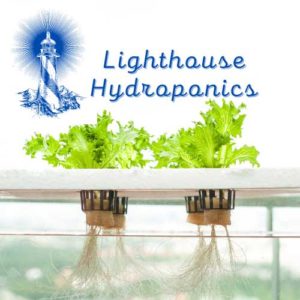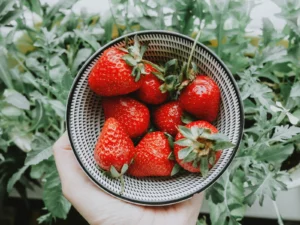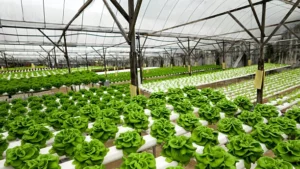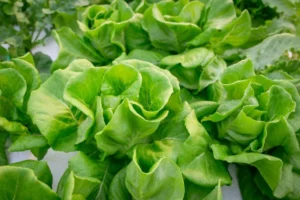Many people these days want to have a green, environmental garden (or farm on bigger scales), and weigh their options between hydroponics vs. regenerative agriculture as two types of pro-Earth, pro-environment gardening/farming.
In this article, we will look at them from a few points of view to see the differences.
What do you grow the plants in:
In hydroponics, the plants grow either in inert media (plural of medium) such as sand or vermiculite, and a nutrient-rich solution is added to the plant, directly in water reservoirs enriched by nutrients, or in the air where their roots are regularly being sprayed with nutrient-rich water (aka Aeroponics).
In regenerative agriculture, plants are grown in soil – which with organisms living within it, that enhance the health of both the soil and the plants growing within it – then the soil is being restored back to its original, nutrient-rich state.
What’s the purpose of each gardening type?
In hydroponics, the grower wants to increase yields while minimizing labor and using a minimal amount of land and other resources (hydroponics actually saves water as compared to soil gardening).
In regenerative agriculture, the grower wants to make sure that they are not affecting their environment in any negative way (for example, depleting the soil in terms of nutrients, by growing crops for many years on it without letting the soil rest for some time).
What does each agriculture require?
As can be seen in the above points, hydroponics requires more human-delivered resource input than regenerative agriculture.
Fertilizer is needed to make sure your plants are getting what they need – nutrients. These come in the form of a nutrient solution, for small gardens, and in water-soluble powder for commercial farms and greenhouses).
In regenerative agriculture, fertilizer is only needed after planting (if you are using fertilizers) and during planting (in earlier stages), but not every day. Organic material such as manure and compost may be used instead of synthetic fertilizers to make nutrient-rich soil without depleting the soil; this organic material needs to be given enough time to make nutrients available for uptake by plants.
In terms of space, hydroponics requires very little space as compared to regenerative agriculture for the same amount of crops.
In terms of time, hydroponics requires much less time as compared to regenerative agriculture to give similar or greater yields.
Hydroponics vs. Regenerative Agriculture: Which is Green?
Currently, hydroponics is more effective than regenerative agriculture, in terms of the environmental footprint, size, yield output, and time.
In fact, the philosophy behind regenerative agriculture is to disrupt the ground as little as possible and even return it to its previous nutrient-rich state after “using” it, but if you think about it, hydroponics doesn’t use soil at all, so there is no ground disturbing involved.
However, it is also known that regenerative agriculture produces greater nutrient-dense produce compared to hydroponic produce.
Hydroponic systems are often criticized for being unnatural because plants grown in this method do not have their roots exposed to air (compared to regenerative agriculture, where plants grow in soil and can breathe through their roots).
Hydroponics also requires more human-delivered resource input than regenerative agriculture. Although this may seem like a less green option at first glance, it should be noted that hydroponics is still greener than traditional farming methods that rely on tilling and other soil disturbing practices that release greenhouse gases into the atmosphere and harm soil health even further than they already have been.
A hydroponic garden is smaller in size and requires less time to create and maintain, compared to a regenerative agriculture garden, which makes it more sustainable for home-sized gardens.
However, many argue that there are social issues with this method of gardening as well, given that hydroponics requires more money to start and is very controlled in terms of the environment.
Hydroponic gardeners also need to make sure they are buying sustainably sourced organic nutrients, as many fertilizers are not environmentally friendly (i.e. mined with strip mining or made with sewage sludge).
Regenerative agriculture requires less human-delivered resource input than hydroponics because compost and manure can be made at home, with little time spent sourcing natural resources for soil amendments.
Conclusion
Both methods of gardening have their benefits, and I will leave it to the reader to decide which you think is the better or preferred method.
I personally connected with hydroponics through my activity with my kids and all the fun we had building the hydroponic system in our backyard.









